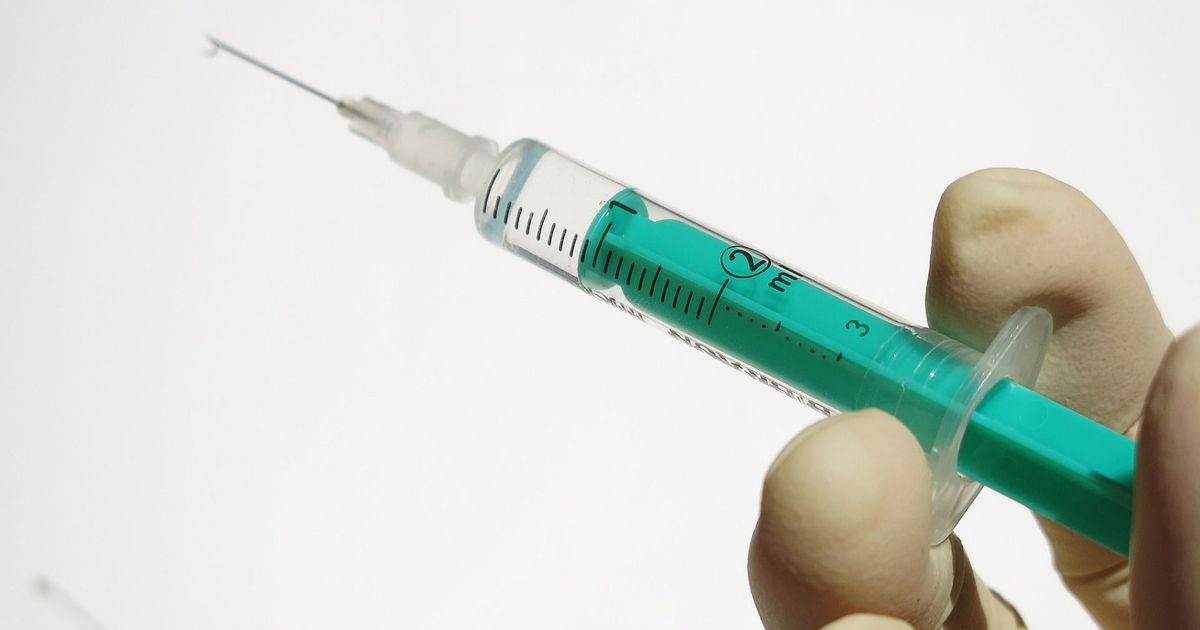How To Treat Plantar Fasciitis
Steroid Injection

Receiving a steroid injection is another option for treating plantar fasciitis and managing the accompanying pain and inflammation. Doctors may recommend steroid injections, specifically cortisone, when symptoms are more severe. The cortisone is injected directly into the plantar fascia tissue and, as it's a potent anti-inflammatory medication, it can come with some severe side effects. Receiving powerful anti-inflammatory injections regularly or getting multiple at a time can lead to the plantar fascia rupturing, which actually worsens pain. Additionally, excessive injections can shrink the amount of fat padding that covers and protects the heel bones.
Surgery

Undergoing surgery is stressful for the body and, as such, is typically the last resort as far as treatment goes. Typically, surgery is only recommended by a doctor if and when the patient has been attempting nonsurgical treatment methods for at least one year and has been unsuccessful. Surgical treatment may also be called upon if the plantar fasciitis progresses and the pain becomes persistent and severe.
Surgical options include several procedures. Gastrocnemius recession targets tightened calf muscles by surgically lengthening them, which is meant to decrease the stress put on the plantar fascia. A plantar fasciotomy is another common procedure, in which the ligament is partially cut to relieve tension on the tissues. While surgical methods can certainly be useful and produce good results, they can also cause further complications, such as nerve damage.
